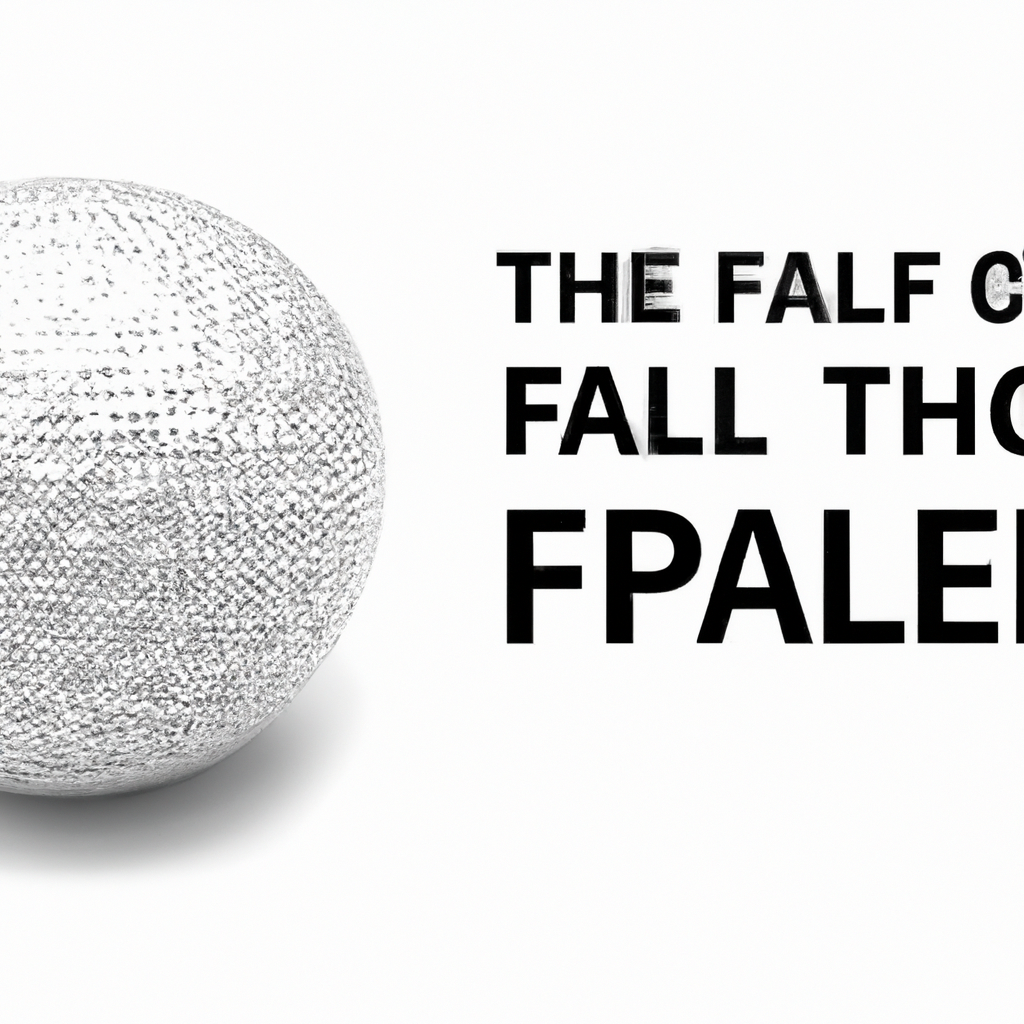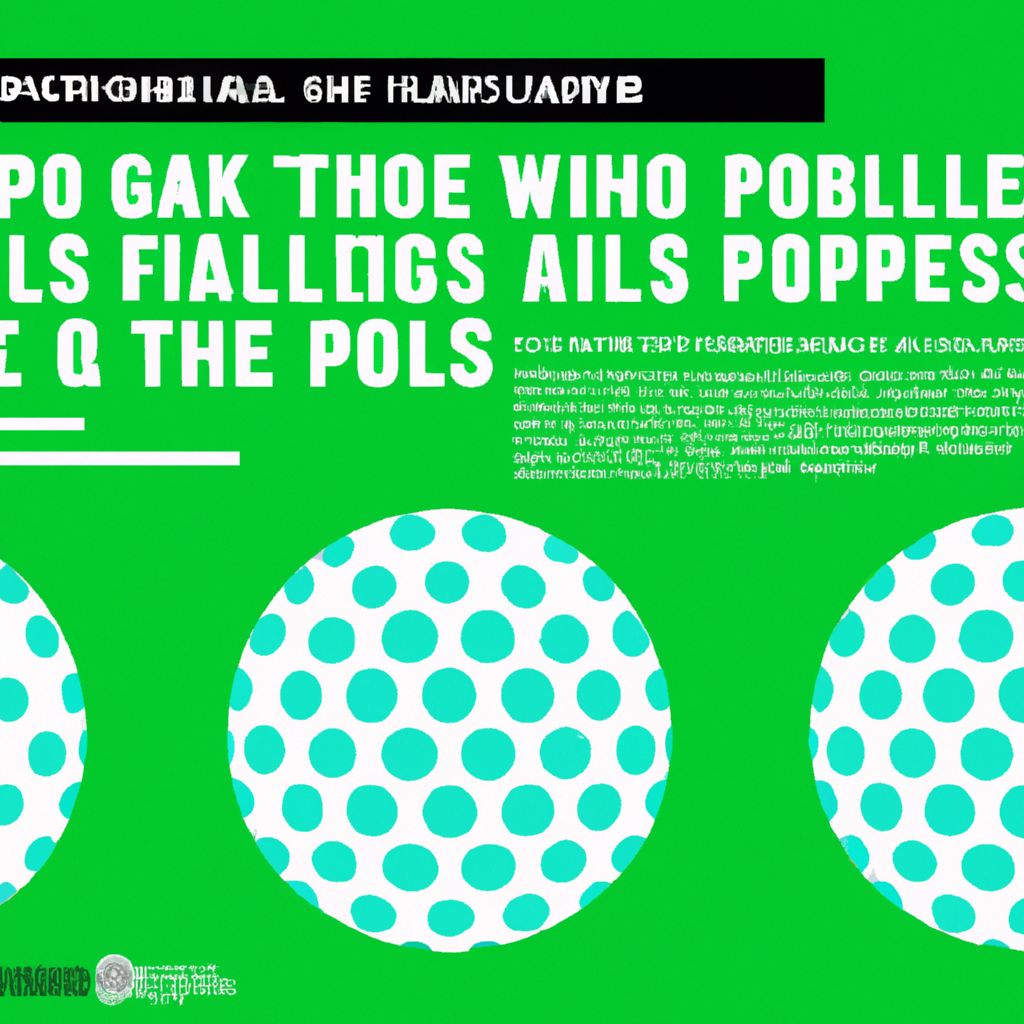We may earn money or products from the companies that may be mentioned in this post.
Have you ever wondered how a golf ball is made? In this article, we will take you through the fascinating process of golf ball manufacturing. From the initial design to the final packaging, each step is meticulously crafted to ensure the highest quality and performance. Join us as we explore the intricate world of golf ball production, unveiling the secrets behind the creation of this essential piece of equipment for the avid golfer.

Materials Used in Golf Ball Manufacturing
Golf balls are made using a variety of materials that contribute to their performance and durability. The main materials used in golf ball manufacturing include:
Rubber Core
The rubber core is the innermost component of a golf ball and is responsible for providing its initial bounce and compression. It is typically made from a blend of natural and synthetic rubber. The rubber core is molded to achieve the desired size and density, allowing it to provide consistent performance on the golf course.
Cover Materials
The cover of a golf ball is crucial for its feel, spin control, and durability. There are two main types of cover materials: ionomer resin and urethane. Ionomer resin covers are more commonly used in lower-priced golf balls as they provide good distance and durability. Urethane covers, on the other hand, are preferred by more advanced golfers as they offer enhanced feel, spin, and control around the greens.
Dimples
The dimples on a golf ball play a significant role in its aerodynamic performance. They help reduce drag and create lift, allowing the ball to achieve maximum distance and stability in flight. The pattern and arrangement of the dimples are carefully designed to optimize these aerodynamic properties. Manufacturers employ advanced machinery to create precise and consistent dimple patterns on each golf ball.
Adhesive
Adhesive is used in the construction of golf balls to secure the layers and components together. It ensures that the rubber core is firmly attached to the cover, preventing any separation during play. The adhesive used in golf ball manufacturing is specifically formulated to withstand the high impact forces experienced during a golf swing and the rigors of the game.
Construction of the Rubber Core
The construction of the rubber core begins with molding the core into the desired shape and size. The rubber is heated and injected into a mold, allowing it to take the form of a spherical core. This process ensures consistency and accuracy in the core’s dimensions.
To enhance certain performance characteristics, fillers are added to the rubber core during its formation. These fillers can include various materials, such as metal powders or lightweight microspheres. The addition of fillers modifies the core’s density and compression, influencing its feel and performance.
Compression and temperature control are integral steps in the construction of the rubber core. The molded cores undergo compression molding, wherein they are subjected to high pressure and elevated temperatures. This process helps achieve the desired hardness and compression rating for the golf balls.
Formation of the Cover
The cover of a golf ball is manufactured separately from the rubber core and is then added during the assembly process. The selection of the cover material depends on the desired characteristics of the golf ball. The chosen material is cut into segments to match the core’s dimensions, ensuring a precise fit.
Next, the dimple pattern is created on the cover material. Specialized machines are used to create consistent and accurate dimples of various sizes and patterns. The dimple pattern significantly influences the ball’s flight characteristics and stability, so it is carefully designed to optimize performance.
Once the dimples are formed, graphics such as brand logos and alignment aids are added to the cover. This step adds visual appeal to the golf ball and allows manufacturers to incorporate their branding elements.

Layering the Golf Ball
To complete the construction of a golf ball, the rubber core is attached to the cover using an adhesive. The adhesive is applied to both the core and cover, ensuring a strong and permanent bond between the two components.
For certain high-end golf balls, multiple layers are used to enhance performance. These additional layers can be made of various materials and have different properties. The multiple-layer construction allows for greater control, increased spin, and optimized distance, catering to the preferences of advanced players.
Compression and Vulcanization
Compression molding is a critical process in golf ball manufacturing. The assembled golf balls are placed in compression molding presses, where they are subjected to high pressure and heat. This step ensures that the golf ball achieves its final shape and compression rating.
After compression molding, the golf balls undergo vulcanization. This process involves exposing the balls to high temperatures in specially designed chambers. Vulcanization enhances the durability and performance characteristics of the golf balls, making them more resilient to impact and prolonged use.
Quality Control Measures
To ensure the consistency and quality of golf balls, rigorous quality control measures are implemented throughout the manufacturing process. These measures include:
Weight and Diameter Check
Each golf ball is examined to ensure that it meets the specified weight and diameter requirements. Any deviations from the standard can affect the ball’s performance and compliance with regulations.
Compression Test
Compression testing is conducted to measure the firmness and compression rating of the golf balls. This test ensures that the golf balls provide consistent performance across the entire product range.
Durability Testing
Golf balls are subjected to various durability tests to assess their resistance to impact, cutting, and scuffing. These tests simulate the conditions encountered during play and ensure that the balls maintain their shape and performance over time.
Aerodynamic Performance Assessment
The aerodynamic properties of golf balls are assessed through wind tunnel testing. This helps manufacturers analyze the flight characteristics, spin rates, and stability of the balls, ensuring their optimal performance in different playing conditions.
Finishing Processes
Once the golf balls have undergone quality control checks, they proceed to the finishing processes. These processes include:
Trimming Excess Material
Any excess material from the manufacturing process is meticulously trimmed, ensuring that the golf balls meet the desired specifications and aesthetic standards.
Painting and Coating
Golf balls are painted and coated to provide an attractive appearance and offer enhanced durability. The paint and coating also help protect the ball’s surface and maintain its performance characteristics during play.
Stamping and Printing
Brand logos, model names, and identification marks are stamped or printed onto the golf balls. These marks serve to identify the brand and model and also add aesthetic value to the balls.
Packaging
Once the finishing processes are complete, the golf balls are carefully packaged in sleeves or boxes. The packaging ensures that the balls remain in pristine condition until they are purchased by golfers.
Manufacturing Equipment and Machinery
Golf ball manufacturing involves the use of specialized equipment and machinery, which includes:
Rubber Mixing and Processing Machines
These machines are used to mix and process the rubber compounds used in the formation of the golf ball core. They ensure precise control over the composition and consistency of the rubber.
Molding Equipment
Molding equipment is essential for shaping the rubber cores. It allows for accurate and efficient production of consistent cores with the desired dimensions.
Cutting and Dimple Pattern Machines
Specialized machines are employed to cut the cover materials into precise segments and create the dimple patterns. These machines ensure consistency in the manufacturing process and produce reliable results.
Adhesive Application Machines
Adhesive application machines are used to apply the adhesive to the rubber core and cover materials. They enable precise and uniform distribution of the adhesive, ensuring a strong bond between the components.
Compression Molding Presses
Compression molding presses exert high pressure and heat to shape and compress the assembled golf balls. They play a crucial role in achieving the final form and performance characteristics of the balls.
Vulcanization Chambers
Vulcanization chambers provide the controlled heat necessary for the vulcanization process. These chambers ensure that the golf balls attain the desired durability and performance properties.
Testing and Inspection Devices
Various testing and inspection devices are utilized to evaluate the quality and performance of the golf balls. These devices include weight scales, compression testers, impact testers, and wind tunnels.
Environmental Impact and Sustainability
Golf ball manufacturers are increasingly adopting measures to minimize their environmental impact and promote sustainability. These measures include:
Recycling Programs
Manufacturers have implemented recycling programs to recycle used and discarded golf balls. This reduces waste and allows for the reuse of materials, minimizing the environmental footprint of golf ball production.
Reducing Material Waste
Efforts are made to reduce material waste during the manufacturing process. Advanced production techniques and careful material management help optimize material usage, reducing waste generation.
Alternative Cover Materials
Research is being conducted to explore alternative cover materials that are more environmentally friendly. These alternatives aim to provide comparable performance while being more sustainable in their production and disposal.
Energy Efficiency Measures
Manufacturers are implementing energy-efficient practices and technologies in their facilities. These measures help reduce energy consumption and carbon emissions associated with golf ball production.
Ongoing Research and Innovations
The golf ball industry continues to invest in research and development to drive innovation and improve performance. Some of the areas of ongoing research include:
Advanced Core Designs
Scientists and engineers are developing advanced core designs to enhance the performance characteristics of golf balls. These designs focus on optimizing initial ball speed, spin rates, and feel to benefit golfers of all skill levels.
Enhanced Cover Materials
Researchers are constantly exploring new cover materials that offer improved feel, spin control, and durability. Innovations in cover materials aim to cater to the preferences and demands of golfers seeking enhanced performance on the course.
Dimple Pattern Optimization
Ongoing research is focused on exploring optimal dimple patterns for various playing conditions. By fine-tuning the dimple design, manufacturers aim to maximize distance, accuracy, and stability of the golf balls in different wind and weather conditions.
Smart Golf Balls
Innovations in technology are paving the way for the development of smart golf balls. These balls incorporate sensors and tracking systems to provide golfers with real-time data on swing analysis, trajectory, and distance, allowing for a more interactive and analytical experience on the course.
In conclusion, the manufacturing process of a golf ball involves the careful selection and utilization of various materials, precise construction techniques, and stringent quality control measures. Manufacturers constantly strive to improve performance, durability, and sustainability through ongoing research and innovation. With the use of advanced machinery and dedication to environmental responsibility, the golf ball industry continues to produce high-quality products that cater to the diverse needs and preferences of golfers worldwide.
